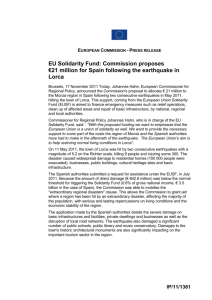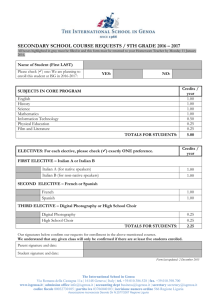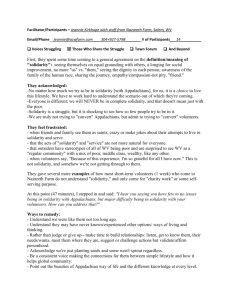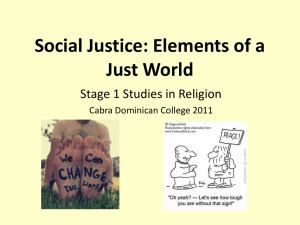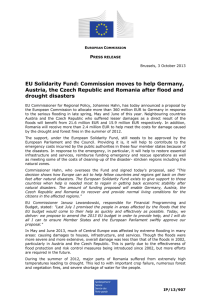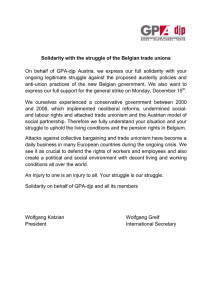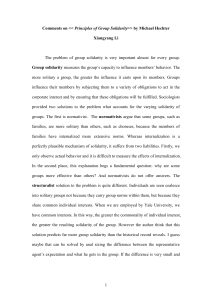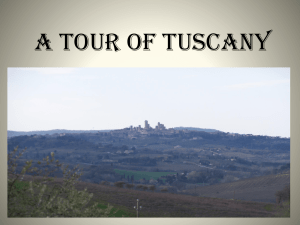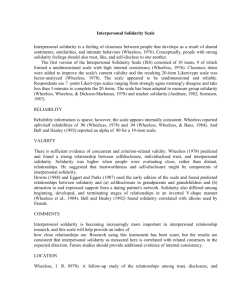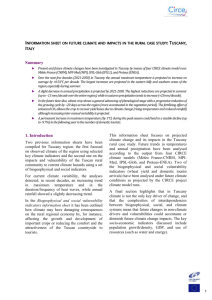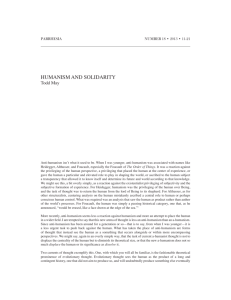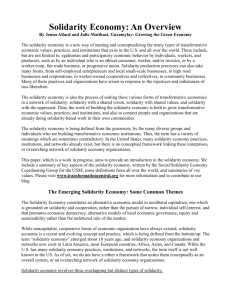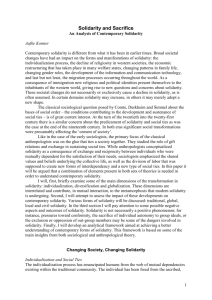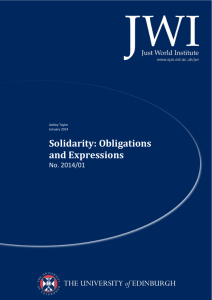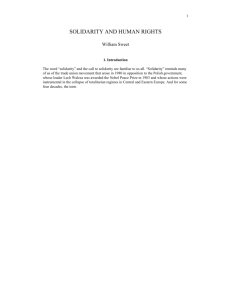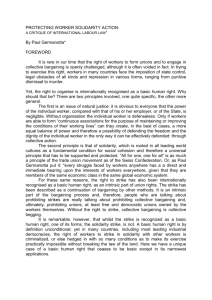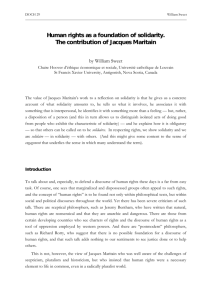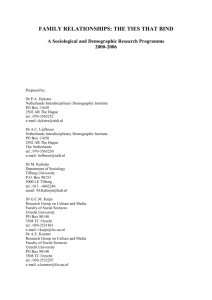DOC
advertisement
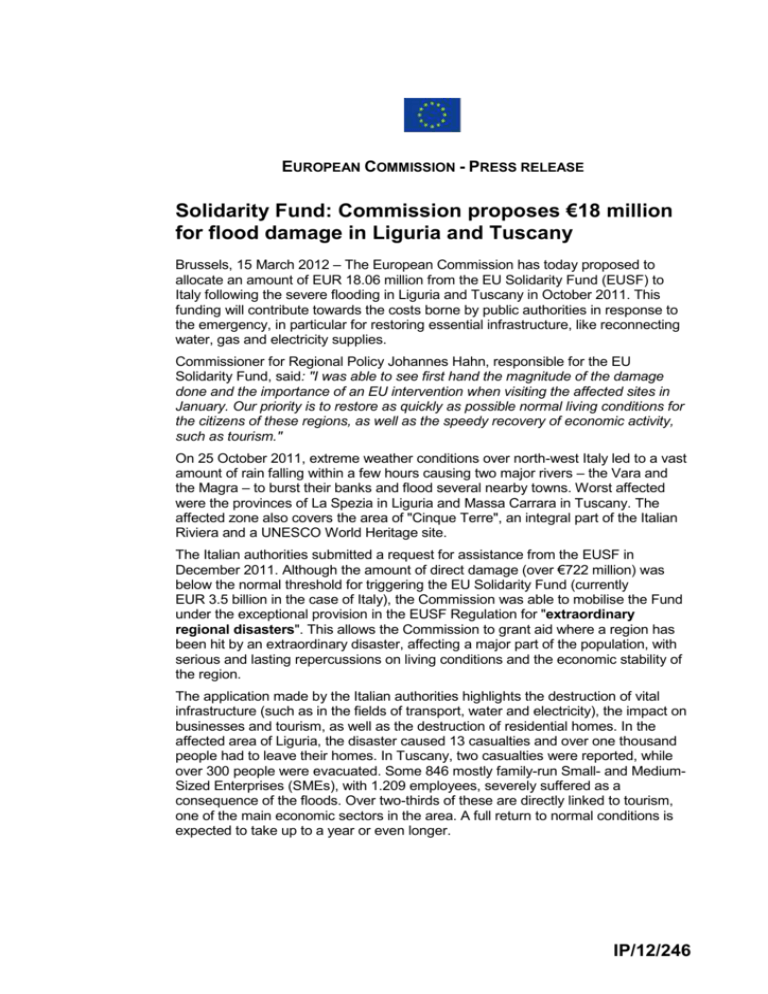
EUROPEAN COMMISSION - PRESS RELEASE Solidarity Fund: Commission proposes €18 million for flood damage in Liguria and Tuscany Brussels, 15 March 2012 – The European Commission has today proposed to allocate an amount of EUR 18.06 million from the EU Solidarity Fund (EUSF) to Italy following the severe flooding in Liguria and Tuscany in October 2011. This funding will contribute towards the costs borne by public authorities in response to the emergency, in particular for restoring essential infrastructure, like reconnecting water, gas and electricity supplies. Commissioner for Regional Policy Johannes Hahn, responsible for the EU Solidarity Fund, said: "I was able to see first hand the magnitude of the damage done and the importance of an EU intervention when visiting the affected sites in January. Our priority is to restore as quickly as possible normal living conditions for the citizens of these regions, as well as the speedy recovery of economic activity, such as tourism." On 25 October 2011, extreme weather conditions over north-west Italy led to a vast amount of rain falling within a few hours causing two major rivers – the Vara and the Magra – to burst their banks and flood several nearby towns. Worst affected were the provinces of La Spezia in Liguria and Massa Carrara in Tuscany. The affected zone also covers the area of "Cinque Terre", an integral part of the Italian Riviera and a UNESCO World Heritage site. The Italian authorities submitted a request for assistance from the EUSF in December 2011. Although the amount of direct damage (over €722 million) was below the normal threshold for triggering the EU Solidarity Fund (currently EUR 3.5 billion in the case of Italy), the Commission was able to mobilise the Fund under the exceptional provision in the EUSF Regulation for "extraordinary regional disasters". This allows the Commission to grant aid where a region has been hit by an extraordinary disaster, affecting a major part of the population, with serious and lasting repercussions on living conditions and the economic stability of the region. The application made by the Italian authorities highlights the destruction of vital infrastructure (such as in the fields of transport, water and electricity), the impact on businesses and tourism, as well as the destruction of residential homes. In the affected area of Liguria, the disaster caused 13 casualties and over one thousand people had to leave their homes. In Tuscany, two casualties were reported, while over 300 people were evacuated. Some 846 mostly family-run Small- and MediumSized Enterprises (SMEs), with 1.209 employees, severely suffered as a consequence of the floods. Over two-thirds of these are directly linked to tourism, one of the main economic sectors in the area. A full return to normal conditions is expected to take up to a year or even longer. IP/12/246 Background: This European Union funding will help meet the cost of urgent measures taken by the Italian authorities: restoration of first line essential infrastructure, temporary accommodation and rescue services, preventive constructions and protection of cultural heritage, as well as cleaning up of disaster-stricken zones. The funding may not be used to provide compensation for damage to private property. In order to release the grant, the Commission will ask the budgetary authority (the European Parliament and the Council of the European Union) to adopt an amending budget to be incorporated into this year's Community budget. The European Union Solidarity Fund (EUSF) was established following the floods which struck central Europe in the summer of 2002. It grants emergency aid to Member States and EU accession countries affected by major natural disasters. The Fund has an annual budget of up to EUR 1 billion. Each application has to be separately approved by the EU Member States and the European Parliament, as the EUSF is not a direct part of the EU budget. On 6 October 2011, the Commission published a communication with proposals to make the EUSF simpler, clearer, quicker in response and more visible to citizens. Following discussions with Member States, the European Parliament and other stakeholders, the Communication could lead to a future legislative proposal. To find out more: http://ec.europa.eu/regional_policy/thefunds/solidarity/index_en.cfm Video extracts of the visit of Commissioner Hahn in the devastated zone on 18 January 2012 are available on EBS (ref. 82493). Contact : Ton Van Lierop (+32 2 296 65 65) 2
